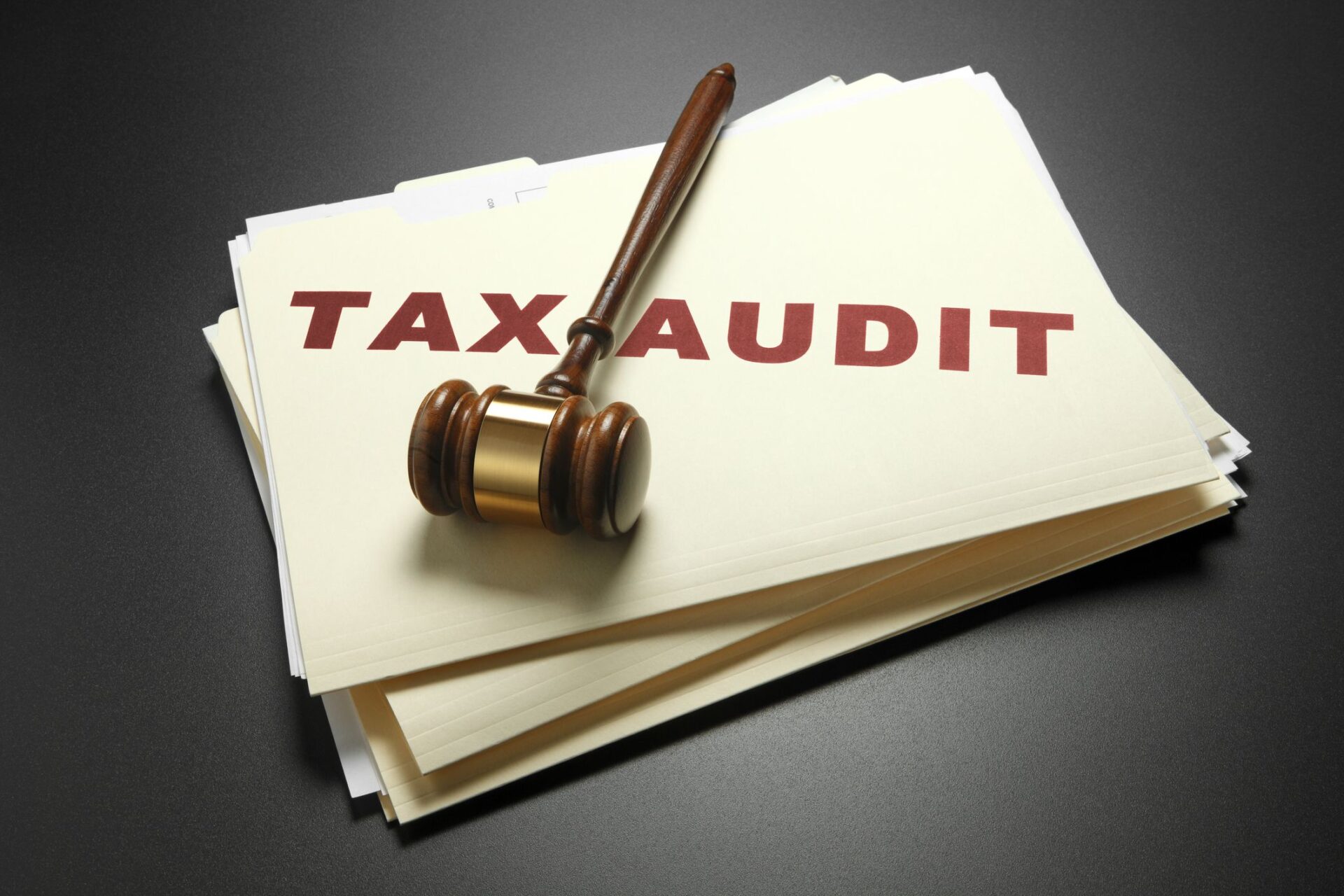
100+ Years of Combined Tax Resolution Experience.
100+ Years of Combined Tax Resolution Experience.
How come we have to pay all these taxes?
We know that you ask yourself this question every year – or, hopefully, every quarter.
So here are some answers.
For the next few posts, we’ll be focusing on some key moments of IRS history – the story behind all those taxes you have to pay.
Up first: 1862.
Fact #1: This whole thing got started because President Lincoln didn’t have enough money to pay for the Civil War. It’s true! The nation’s first income tax was based on a sliding scale: people who made $600-$10,000 a year had to pay 3% of their incomes, while the rich people (those who made over $10,000!) had to pay 5%.
Those were simpler times.
After the war was over, no one wanted to pay an income tax any more. Congress cut the income tax rate in 1867, and abolished income tax altogether in 1872.
But by then, the government was used to having that extra spending money, so they had to tax something.
Fact #2: From 1868 until 1913, 90% of tax revenue came from “sin taxes” – extra taxes people had to pay on alcohol and tobacco.
We still pay sin taxes, actually. But of course that’s on top of everything else.
Fact #3: In 1894, the income tax came back, thanks to something called the Wilson Tariff Act.
After that, there was a lot of back-and-forth over whether the income tax was constitutional or not.
- 1895: Unconstitutional!
- 1909: Constitutional! (At least, President Taft thought so.)
- Then, in 1913, a watershed moment: Wyoming became the final state to ratify the 16th Amendment, which made the income tax constitutional once and for all.
Fact #4: In 1913, the very first Form 1040 was introduced.
It’s been downhill ever since.
Stay tuned for the next…. exciting…. installment of the story of taxes. And of course, if you have any questions give us a call at 844-841-9857, or schedule a free consultation here.
Additional Readings

We’re in an era in which more small businesses are launching like wildfire. Many people find starting a small business of their own as easy as a piece of cake. However, most of the time, what they fail to prioritize are some of the major players involved in smoothly operating their small business. A...

Do you know why most married taxpayers go for filing joint tax returns? It’s actually because of the benefits that it offers. But with joint tax returns, both the filers hold the responsibility for the tax bill or any penalties and interest that arise from it. Both are legally responsible for the entire liability, even...

What if you owe so much in taxes that you can’t see your way out of it? If you owe back taxes, you might not think there is a way you can ever pay things off. And the more those back taxes have accumulated, the deeper the hole. But that doesn’t mean you can’t dig...

Tax Audits are one of the most terrifying things a taxpayer can endure. Most taxpayers don’t know what being audited by the IRS entails and usually don’t know what to do if they are audited. IRS audits can be confusing to most taxpayers as most don’t know what the IRS is looking for when they...

Receiving a letter from the IRS can be intimidating, especially if you’re unsure what the notice is for or what to do next. Fortunately, many notices are nothing to worry about and are purely informative. Below, we look at everything you need to do — and what not to do — after getting a notice from the...

The Internal Revenue Service (IRS) is increasing audits on cannabis businesses — the agency is on a mission to ensure that cannabis businesses adhere to the tax code. Unfortunately, cannabis companies must comply with more strict tax laws than other businesses and can claim fewer deductions. Most business owners don’t realize this or aren’t able to meet the reporting responsibilities on their own. If you own a business in...
